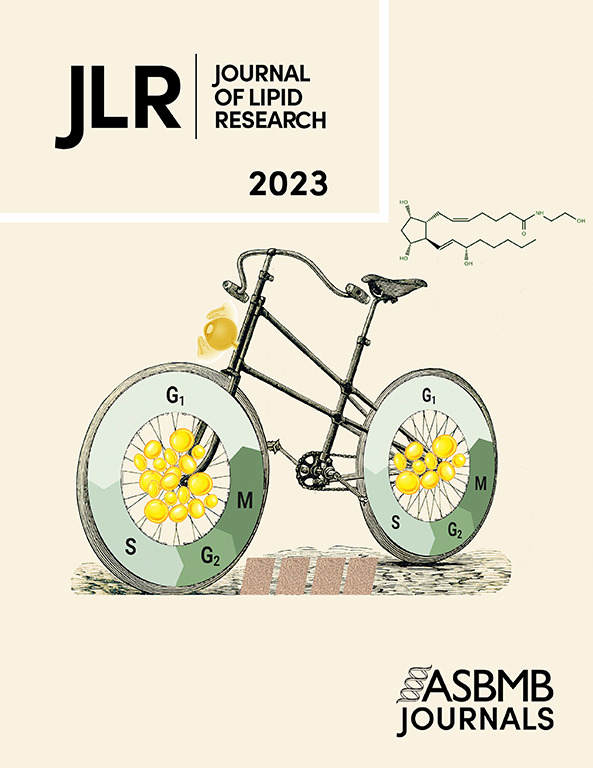Therapeutic siRNA targeting PLIN2 ameliorates steatosis, inflammation, and fibrosis in steatotic liver disease models.
Abstract
Metabolic dysfunction-associated steatotic liver disease (MASLD) is the most prevalent chronic liver disease worldwide. If left untreated, MASLD can progress from simple hepatic steatosis to metabolic dysfunction-associated steatohepatitis, which is characterized by inflammation and fibrosis. Current treatment options for MASLD remain limited, leaving substantial unmet medical needs for innovative therapeutic approaches. Here, we show that PLIN2, a lipid droplet protein inhibiting hepatic lipolysis, serves as a promising therapeutic target for MASLD. Hepatic PLIN2 levels were markedly elevated in multiple MASLD mouse models induced by diverse nutritional and genetic factors. The liver-specific deletion of Plin2 exhibited significant anti-MASLD effects in these models. To translate this discovery into a therapeutic application, we developed a GalNAc-siRNA conjugate with enhanced stabilization chemistry and validated its potent and sustained efficacy in suppressing Plin2 expression in mouse livers. This siRNA therapeutic, named GalNAc-siPlin2, was shown to be biosafe in mice. Treatment with GalNAc-siPlin2 for 6-8 weeks led to a decrease in hepatic triglyceride levels by approximately 60% in high-fat diet- and obesity-induced MASLD mouse models, accompanied with increased hepatic secretion of VLDL-triglyceride and enhanced thermogenesis in brown adipose tissues. Eight-week treatment with GalNAc-siPlin2 significantly improved hepatic steatosis, inflammation, and fibrosis in high-fat/high fructose-induced metabolic dysfunction-associated steatohepatitis models compared to control group. As a proof of concept, we developed a GalNAc-siRNA therapeutic targeting human PLIN2, which effectively suppressed hepatic PLIN2 expression and ameliorated MASLD in humanized PLIN2 knockin mice. Together, our results highlight the potential of GalNAc-siPLIN2 as a candidate MASLD therapeutic for clinical trials.

| 公司名称 | 产品信息 | 采购帮参考价格 |
|---|---|---|
| Sigma |
sodium deoxycholate
|
¥30.00~¥127388.29 |
| Sigma |
DAPI
|
¥49.90~¥62400.00 |
| Sigma |
SDS
|
¥18.00~¥32009.70 |
| Sigma |
SDS
|
¥18.00~¥32009.70 |
| Sigma |
NaCl
|
¥12.00~¥21076.18 |
| 麦克林 |
Tyloxapol
|
¥52.00~¥11009.00 |
| 索莱宝 |
Sirius Red Stain Kit
|
¥30.00~¥7765.00 |
| Sigma |
NP-40
|
¥760.00~¥3200.00 |
| 上海源叶 |
hematoxylin solution
|
¥696.00~¥1432.00 |
| Sigma |
hematoxylin solution
|
¥696.00~¥1432.00 |
| 索莱宝 |
Hydroxyproline Assay Kit
|
|
| Sigma |
BODIPY 493/503
|
|
| Sigma |
PFA
|
|
| Sigma |
EDTA antigen retrieval solution
|
|
| Sigma |
endogenous peroxidase blocking buffer
|
 求助内容:
求助内容: 应助结果提醒方式:
应助结果提醒方式:


